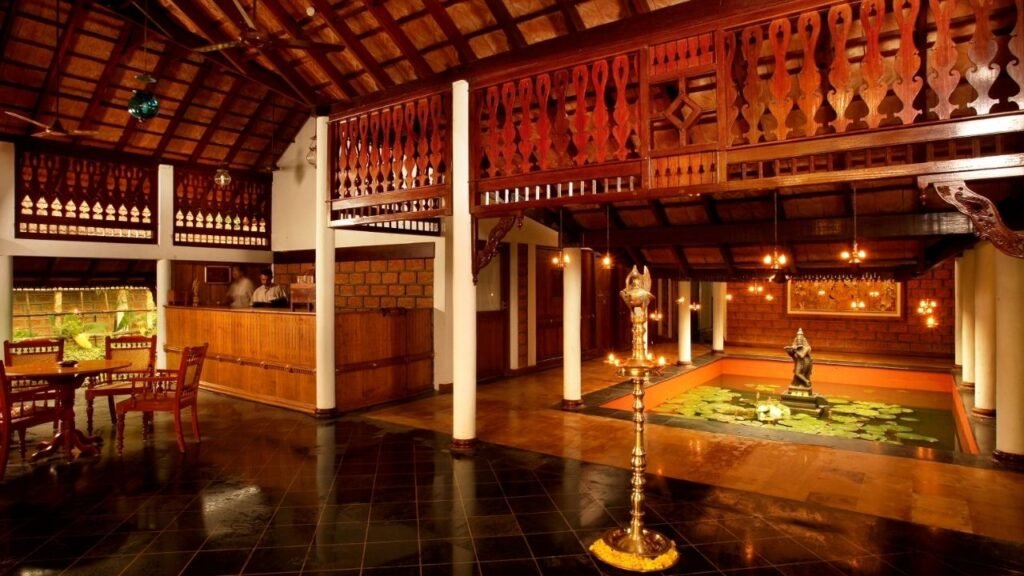Kerala’s Architecture Is Famous For Its South Indian Architectural Style.
The main foundation for this architectural style is Thachu Shastra or carpentry science, and Vastu Shastra or architecture and building. A residence constructed in this style is distinguished in its long steep rooftops in plain circular, square or rectangular forms, its gable window, its twin columns and its large courtyard. Because the environment matches native materials like rock, wood and clay, their use is crucial for the success of the structure. The traditional Kerela house (4-block structures), ettukkettus or pathinarukkettus (10-block structures) are combined depending on the size of the site and the wealth of the owner (16-block structures).
Some of its residential design features are more closely explored here.
Padippura is a city in Padippura, Italy (entrance)
Padippura is a doorway on the roof leading to the house’s main area. It has an old pitched roof, made of clay. The new, more modern variations include wooden entry gates

Poomukham Poomukham Poomukham Poomuk Poomuk (entrance verandah)
The first interior of the house is a verandah with a tilted roof with pillars (made of wood or cement). In the past, the head of the household would sit on the side of the chair, in a reclining chair with a spitting thuppal kolambi.
Table of Chuttu (passageway)
An open passage is added to the poomukham in Kerala architecture. The shuttle verandah surrounding the house typically leading to both sides Lights draped from the roof traditionally used to indicate that area and hanged at equal distances from each other.
The charupady is a traditional wooden or concrete bench sculpted next to the chuttu veranda and the poomukham. These are referred to as charupady. You can rest and enjoy the scenery around your home, as well as the brise and rain. These have traditionally been designed to accommodate families and visitors.

Ambal Kulam is a town in Kerala State (pond) The traditional Kerala architecture shows that every house has an own swimming pool, which is situated at the end of the porch. The banks of this pond are usually of waste. A thamara is being planted inside the pond (lotus).
Written By Mahak Jain | Subscribe To Our Telegram Channel To Get Latest Updates And Don’t Forget To Follow Our Social Media Handles Facebook | Instagram | LinkedIn | Twitter. To Get the Latest Updates From Arco Unico



